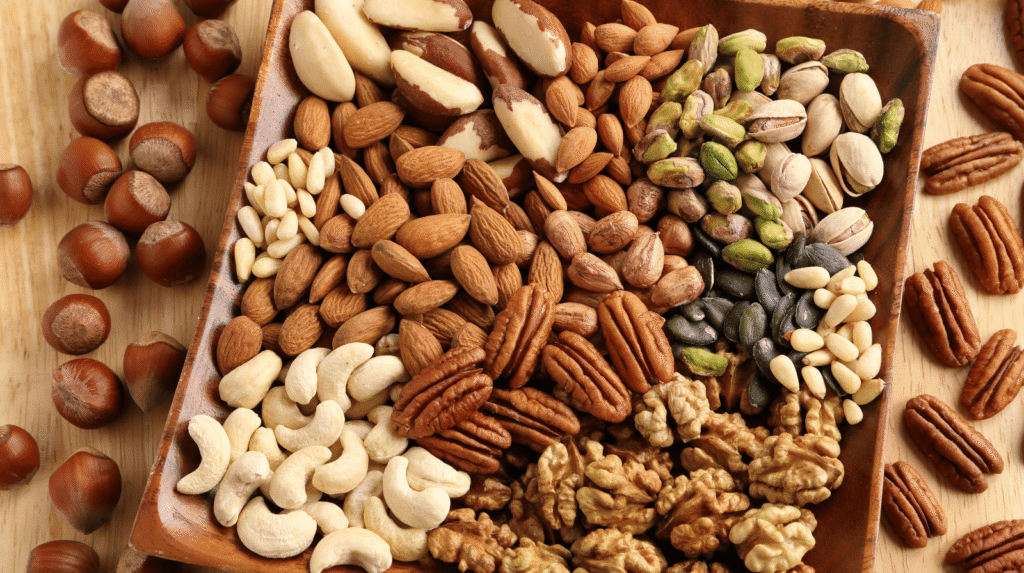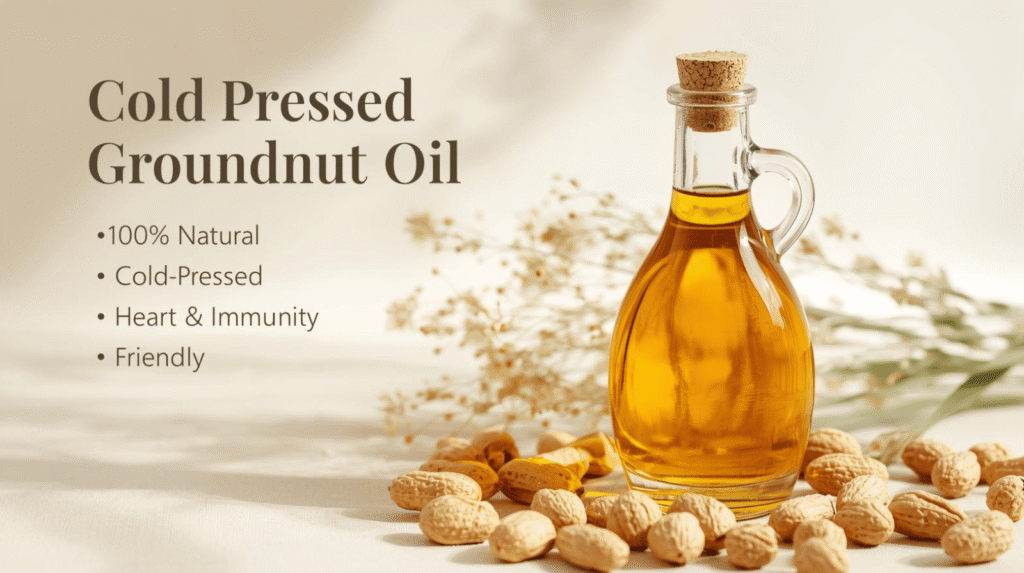How to Pick Pure Palm Jaggery in India, Benefits & Recipes
If you’ve ever tasted that earthy sweetness in a traditional South Indian dessert, chances are it came from Palm Jaggery, also known as Karupatti. It’s one of those age-old natural sweeteners our grandparents swore by — and for good reason. Beyond its rich flavor, palm jaggery is packed with iron, minerals, and nutrients that white sugar simply can’t match. But with so many varieties on the market, how can you tell if what you’re buying is pure? Let’s break it down step by step.
1. How to Pick Pure Palm Jaggery in India
When shopping for palm jaggery, keep these points in mind to ensure you get an authentic, chemical-free product:
- Check the Color: Pure palm jaggery usually has a dark brown or deep golden-brown color. If it looks too light or shiny, it might have been mixed with refined sugar or artificial additives.
- Texture Matters: Natural jaggery tends to be slightly coarse and grainy. A smooth, glossy surface could indicate chemical processing.
- Smell Test: The aroma of genuine palm jaggery is rich and earthy. If it smells overly sweet or artificial, that’s a red flag.
- Read the Label: Look for certifications such as organic or chemical-free. Brands that mention sourcing directly from traditional palm farmers are usually more trustworthy.
- Avoid Bleached Products: Some sellers use bleaching agents to make jaggery appear uniform. Always choose certified chemical-free palm jaggery online from reputed sellers.
When in doubt, go for brands that emphasize traditional methods of preparation—slow-boiled sap in earthen pots without preservatives.
2. Health Benefits of Palm Jaggery for Anemia and Overall Wellness
Palm jaggery isn’t just a sweetener—it’s a natural tonic for your body. One of its biggest health benefits is its high iron content, making it especially beneficial for people with anemia. Regular, moderate consumption can help improve hemoglobin levels and combat fatigue.
Other benefits include:
- Boosts Digestion: Helps cleanse the system and improves bowel movement.
- Rich in Antioxidants: Strengthens immunity and reduces oxidative stress.
- Natural Energy Booster: Unlike white sugar, palm jaggery releases energy slowly, keeping you full and energetic longer.
- Supports Liver Detox: Helps flush out toxins naturally.
And the best part? It’s an affordable palm jaggery for diabetics, when consumed in moderation. It has a lower glycemic index than refined sugar, but diabetics should always consult their doctor before regular use.
3. How to Use Palm Jaggery in Desserts
Palm jaggery’s caramel-like taste pairs beautifully with both hot and cold desserts. Here are some delicious ideas:
- Payasam or Kheer: Replace sugar with melted palm jaggery for an earthy twist.
- Laddu & Halwa: Use grated jaggery instead of sugar for a wholesome sweetness.
- Tea & Coffee: A small piece of jaggery adds depth and flavor to your evening drink.
- Cakes & Cookies: Melt and strain the jaggery syrup before mixing it with batter to avoid lumps.
- Porridge & Pancakes: Perfect for adding a hint of natural sweetness.
4. Traditional Recipes with Palm Jaggery
Here are Traditional recipes with palm jaggery that celebrate the true love and care with healthy:
a. Karupatti Appam:
Made from fermented rice flour, banana, and melted palm jaggery, this soft appam is a must-try festive treat. The jaggery adds a beautiful aroma and deep flavor that sugar can never replicate.
b. Palm Jaggery Pongal:
A healthy twist on traditional Sakkarai Pongal, this dish combines moong dal, rice, ghee, and palm jaggery syrup—offering a delicious balance of protein and natural sweetness.
These recipes are not only tasty but also remind us how beautifully traditional ingredients support our health.
5. Storage Tips for Palm Jaggery
To preserve freshness and flavor:
- Store in an airtight container away from moisture.
- Keep it in a cool, dry place or refrigerate if you live in a humid area.
- Avoid using wet spoons when handling the jaggery.
FAQs
1. Choosing palm jaggery for diabetics – Is this correct?
In moderation, yes. Palm jaggery has a lower glycemic index than refined sugar, but diabetic individuals should always seek medical advice before consumption.
2. Can palm jaggery be used daily?
Yes, but small quantities are ideal—around one to two teaspoons per day as a natural sweetener.
3. How is palm jaggery different from cane jaggery?
Palm jaggery is made from palm tree sap, while cane jaggery comes from sugarcane juice. Palm jaggery contains more minerals and has a deeper, less sugary taste.
4. Where can I buy certified chemical-free palm jaggery online?
Look for brands that provide organic certification, farmer sourcing details, and chemical-free assurance—always check for reviews and transparency.
Final Thought:
Choosing pure palm jaggery is more than just buying a sweetener—it’s about choosing wellness, tradition, and authenticity. The next time you crave sweetness, let your taste buds enjoy nature’s gift the way it was meant to be.



